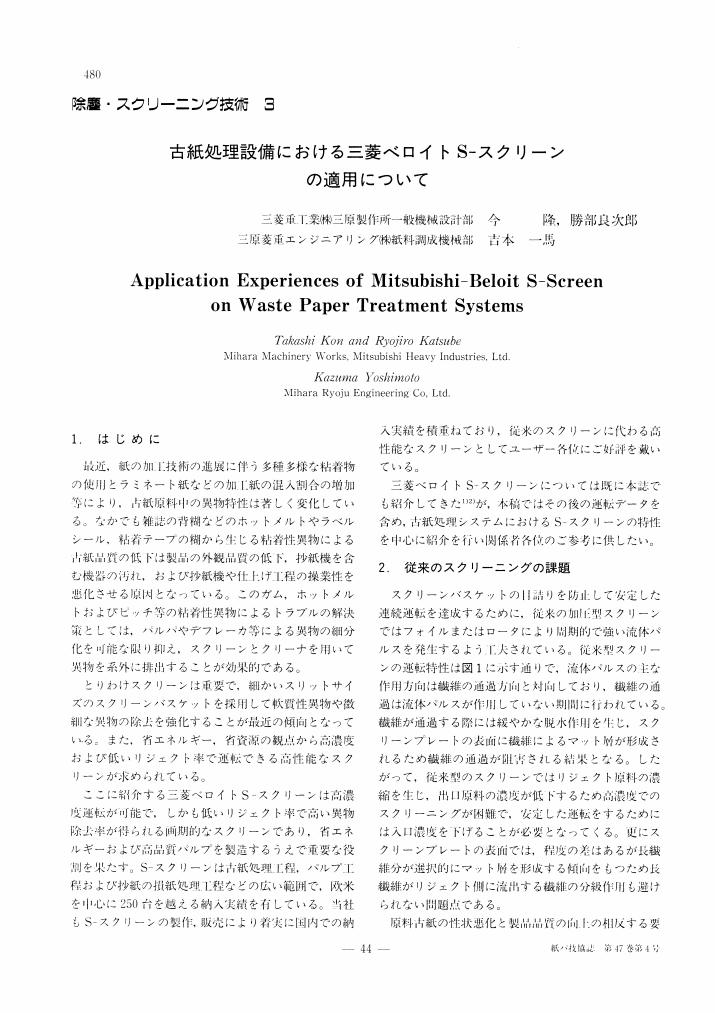2 0 0 0 OA 古紙処理設備における三菱ベロイト S-スクリーンの適用について
1 0 0 0 OA 周期ゼミの素数年周期と周期的な捕食圧
- 著者
- 今 隆助
- 出版者
- 一般社団法人 日本応用数理学会
- 雑誌
- 応用数理 (ISSN:24321982)
- 巻号頁・発行日
- vol.25, no.3, pp.112-119, 2015-09-25 (Released:2017-04-08)
Periodical cicadas are known for their perfectly synchronized prime number emergences of either 13 or 17 year period. One of th eexplanations for the prime periodicity is that the prime periods are selected to prevent cicadas from resonating with predators with submultiple periods. This paper considers this hypothesis by investigating a population model for periodical predator and prey. The study shows that if the periods of the two periodical species are not coprime, then the predator cannot resist the invasion of the prey. On the other hand, if the periods are coprime, then the predator can eradicate the prey. These results suggest that prime number periods are disadvantageous under periodic predation pressure. Numerical investigations illustrate a non-coprime case where both populations coexist.
